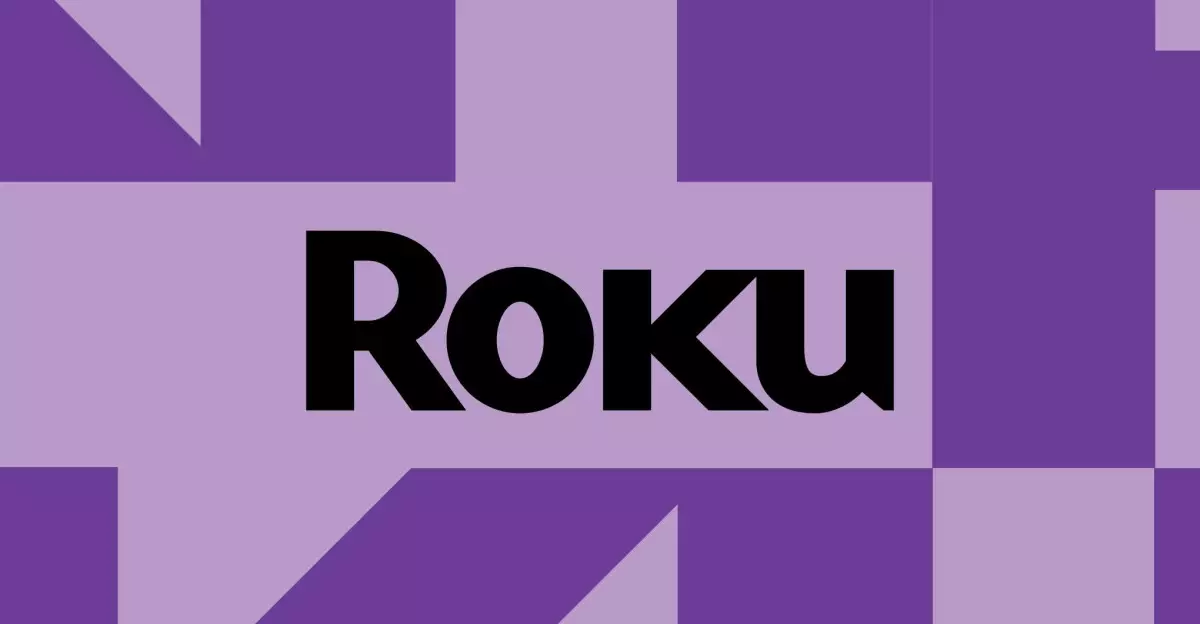In the ever-evolving world of technology, software updates are typically heralded as gateways to improved performance and enhanced user experiences. However, the recent update for Roku’s operating system has ushered in a series of unforeseen complications that have left many users frustrated. Reports have surfaced of washed-out colors while streaming HDR content, particularly from Disney Plus, leading many to think that a simple fix could lead to a major impact on viewing quality. Instead of maintaining the vibrant, rich hues users expect with HDR standards, many TVs connected to Roku are delivering dull, lifeless images that significantly detract from the entertainment experience.
The troubleshooting dialogue that has emerged within the Roku community serves as a central hub for discussing users’ grievances. It is noteworthy that the severity of this issue extends beyond isolated cases of individual complaints. As users across various TV brands—including TCL and Hisense—raise their voices, it becomes increasingly apparent that Roku may be grappling with a much larger problem than it seems willing to acknowledge.
The Ripple Effect Across Streaming Services
Initially, the problem appeared to be confined to only Disney Plus—users reporting muddy colors and fuzzy images when streaming popular series like “Andor.” However, as the conversation unfolded among community members, it became evident that this color distortion is not limited to Disney’s platform. Other significant streaming services, including YouTube TV, Netflix, Apple TV Plus, and Amazon Prime Video, have drawn complaints as users reported seeing similar splotchy, gray-toned images.
This breadth of complaints suggests that the issue could be systemic and tied more closely to Roku’s impairments rather than the apps themselves. As users started to compare streaming performance against external devices, the distinctions became even clearer. Many reported that HDR content coming from gaming consoles like the PS5 and even 4K Blu-Ray players retained their intended vibrance, underscoring that the problem lies primarily within the Roku streaming infrastructure itself.
Technical Limitations and User Reactions
Understandably, the user reactions to this dilemma range from annoyance to outright disbelief. For many, HDR technology represents the pinnacle of viewing quality; when you expect a burst of life and color, and instead are met with a grayscale version of your anticipated show, the disappointment can be palpable. For some users, the frustration may be mitigated by a rudimentary understanding of display technology, recognizing that inadequate brightness levels can naturally wash out HDR images. However, what is being experienced by Roku users transcends this basic limitation.
The problem is not merely a typical case of subpar HDR performance; it is a unique glitch that obliterates the essence of HDR content. Many users have painted a vivid picture of their experiences, sharing images that demonstrate the stark contrast between expected vibrancy versus the flatness produced by Roku’s recent software deployment. This is a significant deviation from what consumers have come to know and expect from advanced streaming technology.
Resolving the Crisis: A Call for Transparency
As Roku works to allocate resources and investigate these widespread issues, a spotlight shines on the need for transparency and improved communication with its user base. Community moderators have solicited feedback to gather more data about the affected content and devices, but such an effort should not only be reactive; rather, it should be part of a proactive strategy in addressing systemic flaws.
In the face of heightened competition in the streaming industry, particularly from smart TVs and dedicated streaming devices that promise seamless viewing experiences, Roku’s response will significantly influence its standing in the market. Users need to know that their concerns are being heard, and their experiences are being acted upon swiftly. The risk of losing consumer trust is palpable if these issues remain unresolved and communication lacks urgency.
In this age of rapid technological advancement, the burden of maintaining a robust, high-quality streaming experience now lies not just on the companies producing the content but also on the platforms that deliver that content. For the sake of loyal users, it is crucial for Roku to recognize the significance of a seamless viewing experience and to rectify the issues caused by its latest update expediently.


Leave a Reply